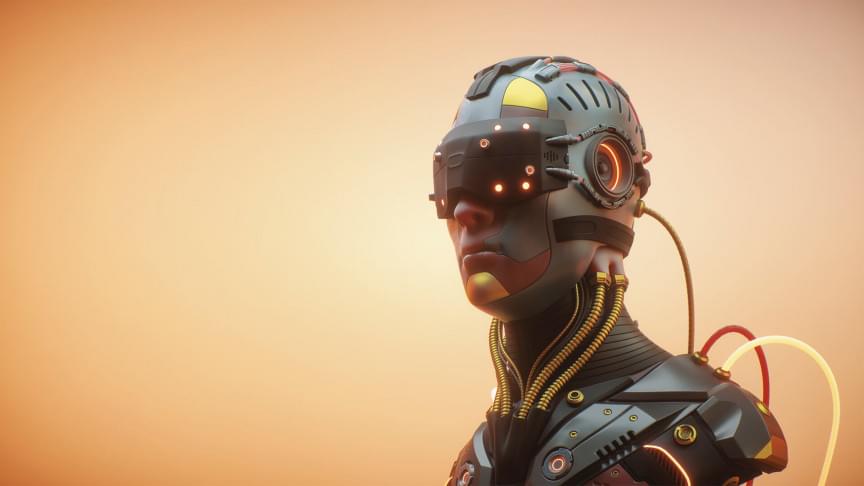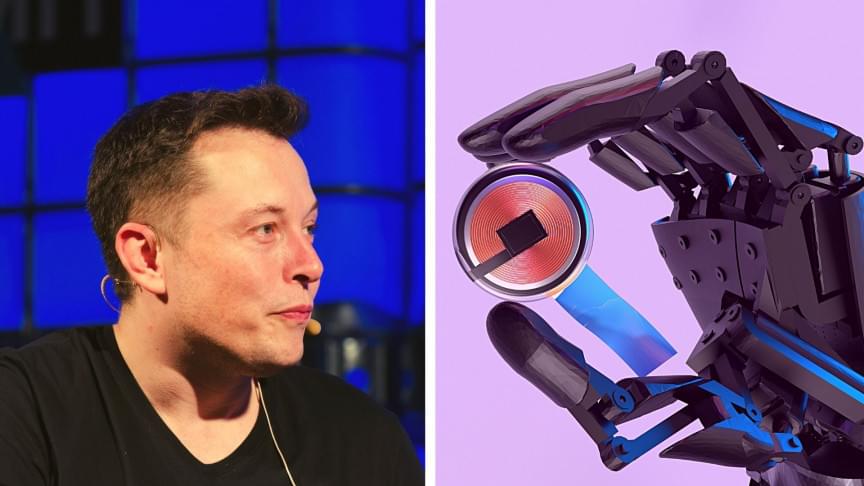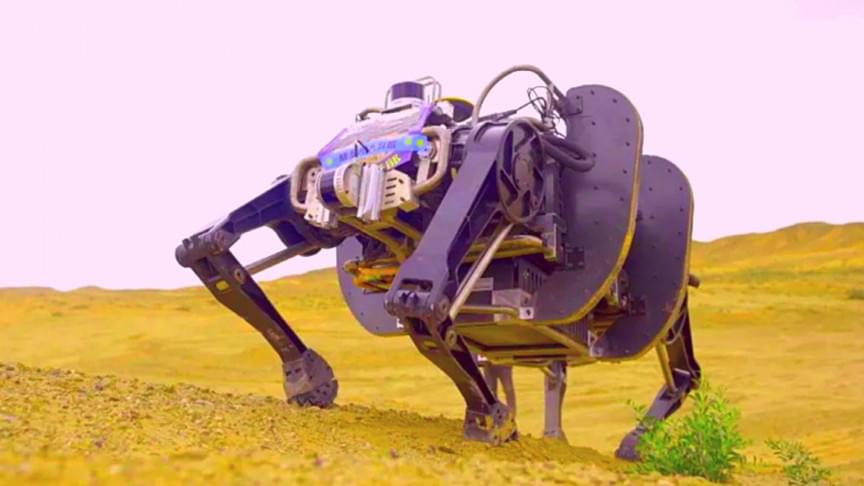They are.
The cyborgs are upon us. Turns out, they’re more ‘enhanced reality’ and less ‘science fiction.’
In 1998, Professor of Cybernetics Kevin Warwick had a chip implanted in his body that would open electronic doors and turn on lights as he passed. In 2002, he had a 100 electrode array wired into the nervous system of his arm to allow him to remotely control an artificial hand. Today, he’s working on using animal brain cells as a control system for robots.
Performance artist Stelios Arcadiou (whose has changed his name to Stelarc) has spent 10 years growing an artificially-created ear that is surgically attached to his left arm. In 2009, Jerry Jalava, a Finnish computer engineer who lost part of a finger in a motorcycle accident, turned his prosthetic finger into a USB drive. Colorblind artist Neil Harbisson has an antenna that helps him to ‘hear’ colors. Avant-garde artist Moon Ribas had seismic sensors implanted in her feet that detect the vibrations caused by earthquakes, and records the data online. She then transforms that data into dance.
Full Story:
Cyborgs are already here. Ranging from a chip, to antenna and seismic sensors, humans have implanted them and iden.









